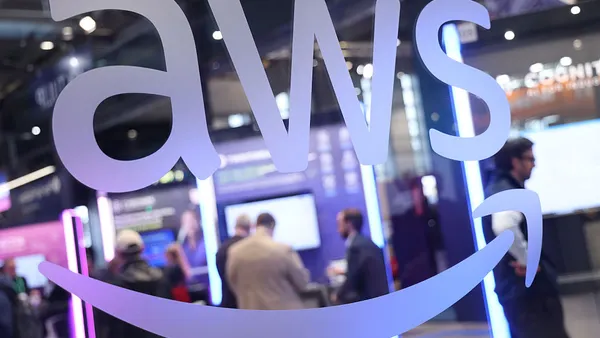Dive Brief:
- German car maker BMW AQ tapped long-time executive Alexander Buresch, who spearheaded the company's China strategy, as its new CIO, the Wall Street Journal reports. Buresch will begin his CIO duties on Jan. 1. BMW confirmed the news in an email to CIO Dive.
- Buresch, who has spent 21 years at BMW, most recently served as the German company's VP of corporate strategy and planning. He succeeds former CIO Klaus Straub, who served in the role since 2014 but resigned earlier this month.
- According to the report, Buresch will lead BMW's "IT department and cloud strategy." Additionally, the executive will contribute to the production of the company's automation and in-vehicle services technology.
Dive Insight:
A heavy focus on technology has become the norm in the business world no matter the industry. But in 2018, BMW took it a step further when it laid out plans to become a "leading tech company for premium mobility" by 2025.
Buresch, who comes from a business background, will be tasked with leveraging his long tenure at BMW to help usher the company through the transformation with a steady hand.
BMW uses Microsoft Azure for on-board features — such as voice-assistant, navigation and location-based services — and Amazon Web Services for other applications, like car customization.
In keeping with an industry trend, Buresch will see his work tied closer to business outcomes. The auto brand sees long-term potential in an increased focus on technology. One sign of that came earlier this year, when BMW said it was on track to double the sales volume of its electric and hybrid cars by 2021.
But with higher tech ambitions come increased costs. In March, BMW Group warned it expected its 2019 pretax profit to fall by more than 10% due to higher technology investment and currency costs, CNBC reported. The company also outlined a $13.6 billion cost-savings plan as a response.
One way BMW will curb costs is in the tech realm. The company plans to eliminate the production of some 2,500 prototype cars over the next four years, replacing the projects with digital simulations and virtual validation.













